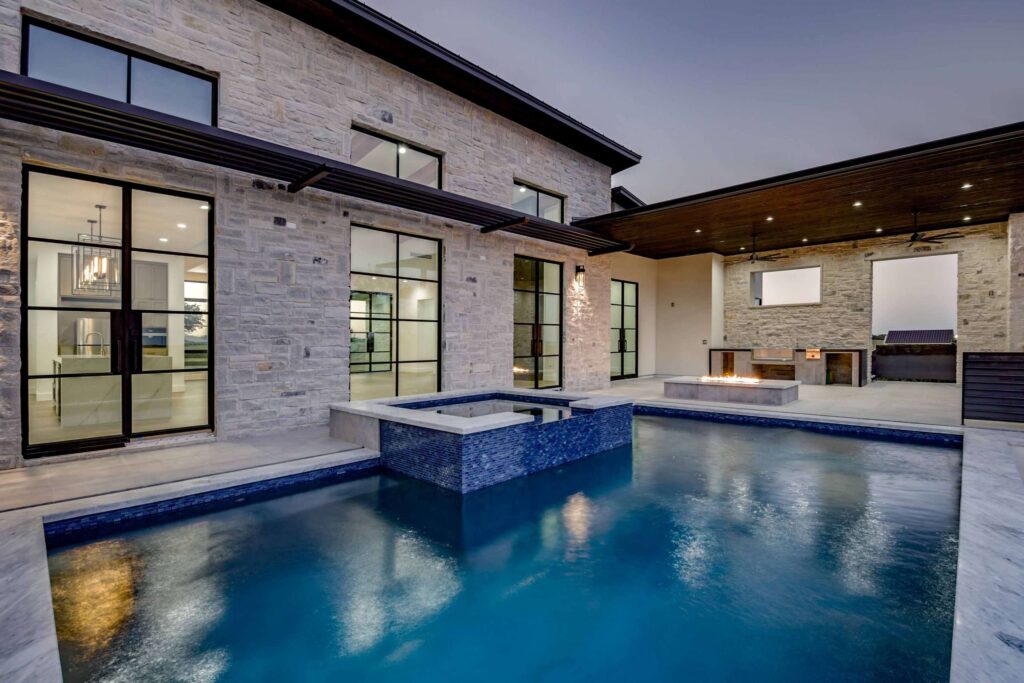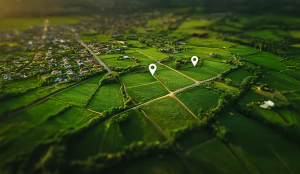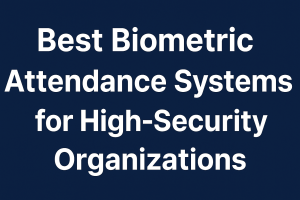In recent years, drone technology has revolutionized various industries, and real estate is no exception. Real estate drone photography has emerged as a game-changer, offering a unique perspective that traditional ground-based photography simply cannot match. This innovative approach not only enhances the visual appeal of properties but also provides comprehensive insights that can significantly influence buying decisions. In this article, we will delve into the myriad ways drone photography is transforming real estate marketing, the benefits it offers to both sellers and buyers, and the future prospects of this technology.
The Evolution of Real Estate Marketing
Real estate marketing has come a long way from simple newspaper listings and static photographs. With the advent of the internet, virtual tours and high-definition images became standard. However, as the market became increasingly competitive, realtors needed more compelling ways to showcase properties. Enter drone photography, which has elevated property marketing to new heights, quite literally.
What is Real Estate Drone Photography?
Real estate drone photography involves using unmanned aerial vehicles (UAVs), commonly known as drones, to capture aerial images and videos of properties. These drones are equipped with high-resolution cameras that can capture detailed and expansive views from various angles and altitudes. The result is a set of dynamic, visually stunning images and videos that can provide a comprehensive view of a property and its surroundings.
Benefits of Drone Photography in Real Estate
Enhanced Property Visualization
Comprehensive Views: Drones can capture the entirety of a property, including the layout of the land, the proximity to other structures, and the surrounding neighborhood. This is particularly beneficial for large estates, farms, or commercial properties where ground-based photos cannot capture the full scope.
Aesthetic Appeal: Aerial shots can highlight the architectural beauty and unique features of a property, such as landscaped gardens, pools, and driveways. This visual appeal can make listings stand out in a crowded market.
Improved Marketing Materials
Dynamic Content: Drone footage can be used to create engaging video tours, providing potential buyers with a virtual walkthrough experience. This dynamic content can be more persuasive than static images, helping to capture the interest of buyers early in the decision-making process.
High-Quality Images: The high-resolution cameras used in drones ensure that the images are sharp and detailed, which is crucial for luxury properties where the quality of marketing materials can influence buyer perceptions.
Time and Cost Efficiency
Quicker Listings: Capturing aerial photos and videos can be quicker than traditional photography, especially for large properties. This can help agents list properties faster and start attracting buyers sooner.
Cost-Effective: Hiring a drone operator can be more cost-effective than traditional aerial photography methods, such as hiring a helicopter. This makes high-quality aerial shots accessible even for mid-range properties.
Competitive Advantage
Stand Out in the Market: In a competitive real estate market, having high-quality aerial images and videos can differentiate a listing from others. Properties with drone footage are more likely to attract attention and generate interest.
Professionalism: Using drone photography can enhance the perceived professionalism and modernity of a real estate agent or firm, potentially leading to more listings and higher client satisfaction.
Legal and Ethical Considerations
While drone photography offers numerous benefits, it also comes with legal and ethical responsibilities. Regulations regarding drone usage vary by country and region, and it is crucial for real estate professionals to adhere to these rules to avoid legal issues.
Regulations and Licensing
FAA Regulations: In the United States, the Federal Aviation Administration (FAA) has specific regulations for commercial drone use, including obtaining a Remote Pilot Certificate. Real estate professionals must ensure that their drone operators are certified and comply with FAA guidelines.
Local Laws: Different municipalities may have additional restrictions on drone usage, such as no-fly zones near airports or residential areas. It is essential to be aware of and comply with these local regulations.
Privacy Concerns
Respecting Privacy: Drones can capture images beyond the property being marketed, potentially invading the privacy of neighboring properties. Real estate agents must ensure that their drone operations do not infringe on the privacy rights of others.
Transparency: Being transparent with property owners and potential buyers about the use of drone photography can help build trust and avoid misunderstandings.
The Future of Real Estate Drone Photography
The future of real estate drone photography looks promising, with technological advancements poised to make this tool even more powerful and accessible.
Technological Advancements
Improved Camera Quality: As drone technology evolves, cameras with higher resolution and better low-light performance will become more common, further enhancing the quality of aerial images and videos.
Autonomous Flight: Advances in artificial intelligence and machine learning may lead to more sophisticated autonomous flight capabilities, allowing drones to capture complex shots with minimal human intervention.
Integration with Virtual Reality (VR)
Immersive Experiences: Combining drone footage with VR technology can create fully immersive property tours, allowing potential buyers to explore a property as if they were physically there. This can be particularly useful for international buyers or those unable to visit in person.
Interactive Elements: Future developments may include interactive elements within drone videos, such as clickable hotspots that provide additional information about specific features of the property.
Environmental Considerations
Eco-Friendly Practices: As sustainability becomes a more prominent concern, the use of electric drones, which have a lower environmental impact compared to traditional aerial photography methods, will be an advantage.
Practical Tips for Implementing Drone Photography
For real estate professionals looking to incorporate drone photography into their marketing strategy, here are some practical tips:
Hire a Professional: While it might be tempting to purchase a drone and DIY, hiring a professional drone operator ensures high-quality results and compliance with legal regulations.
Plan the Shoot: Proper planning is crucial. Consider the best times of day for lighting, and plan shots that highlight the property’s best features. Ensure the property is well-prepared, with outdoor areas clean and tidy.
Edit Wisely: Post-processing can enhance the final product. Professional editing can correct color, improve lighting, and add music or commentary to videos for a polished presentation.
Promote Strategically: Utilize the drone footage across multiple platforms. Include it in online listings, social media posts, and virtual tours to maximize exposure.
Case Studies and Success Stories
To illustrate the impact of drone photography in real estate, consider the following case studies:
Luxury Estates: A luxury real estate firm in California used drone footage to showcase a sprawling estate’s stunning architecture, expansive gardens, and panoramic views. The property sold within weeks, significantly above the asking price, thanks in part to the captivating marketing materials.
Commercial Properties: A commercial real estate agent used drone photography to market a large industrial complex. The aerial views highlighted the facility’s size, layout, and proximity to major transportation routes, attracting interest from national and international buyers.
Rural Properties: A realtor specializing in rural properties used drones to capture the vast landscapes and unique features of farms and ranches. This approach helped potential buyers understand the full scope of the properties, leading to quicker sales.
Conclusion
Real estate drone photography is not just a trend but a transformative tool that is reshaping how properties are marketed and sold. By providing comprehensive, high-quality visual content, drones offer a unique perspective that can captivate potential buyers and give listings a competitive edge. As technology continues to advance, the capabilities and applications of drone photography in real estate will only expand, promising even more exciting possibilities for the future. For real estate professionals, embracing this technology today can pave the way for greater success and innovation in property marketing.









